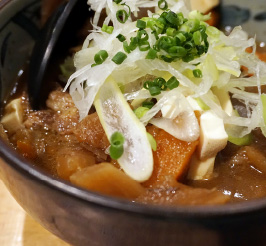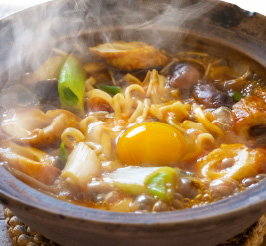Sato Brewery Co., Ltd. is located about 350 km west of Tokyo and manufactures Soybean Miso, “TAMARI” soy sauce and liquid seasoning. We have been operating here in Shippo Town, Ama City, next to Nagoya City, since our establishment in 1874. This area is a thriving brewing area, benefiting from the good quality of the water flowing under the Kiso-Sansen (Kiso ,Nagara and Ibi River).
In such an environment, we have developed a unique taste by operating our business for 145 years since our foundation.

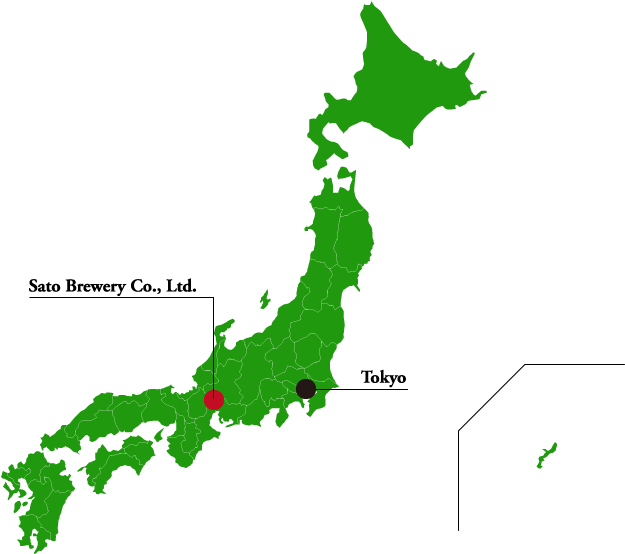
Soybean Miso and “TAMARI” Soy Sauce
In Japan several different types of miso and soy sauce are made depending on the natural features and climate of the each region. Soybean miso and “TAMARI” soy sauce are the local products of Aichi and widely used in the Tokai region. They are well known for their deep color, rich flavor and rich taste. Using soybean as the main ingredient, they are rich in protein and have more “UMAMI” component than other kinds of miso and soy sauce.
Types of Miso
-
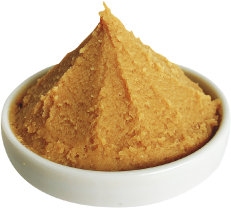
Rice Miso
Miso made by mixing rice “KOJI”, made from rice, with boiled soybeans and salt. Rice uses glutinous rice. Rice miso accounts for 80% of the miso produced in Japan, which is used almost everywhere in Japan.
-

Barley Miso
Miso made by mixing barley “KOJI”, made from barley, with boiled soybeans and salt. There is a peculiar aroma and umami. Generally, barley miso is made in Kyushu, Shikoku and Chugoku regions.
-
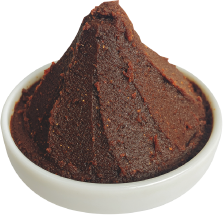
Soybean Miso
Miso made only from soy and salt. It has a deep red color and a rich taste. There is a unique fragrance, slight astringency and bitterness. It is produced mainly in the Tokai region.
Production place and quantity
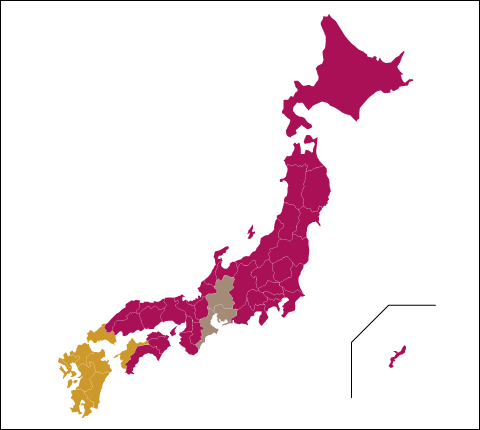

Soybean Miso
Soybean miso is made only with soybeans, salt and water and needs a longer period of maturing than other types of miso. It is rich in protein and compared to miso made from rice or barley, contains a higher amount of the “UMAMI” component glutamine.
We have been making soybean miso for more than 140 years in a traditional method with the wooden barrels.
Characteristics of Soybean Miso -for Health-
- Low Salinity

- Rich Protein

Characteristics of Soybean Miso -for Cooking-
Ideal for Stewed Cooking
Adds “Umami” to Dishes
How to make soybean Miso
-
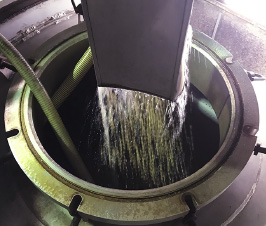

1. Sorting / washing
Choose good soy and wash it.
-
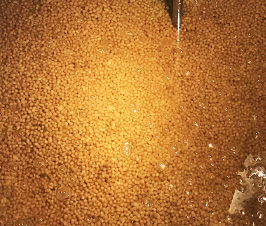
2. Soaking
Soak the soy in water and let it absorb.
-
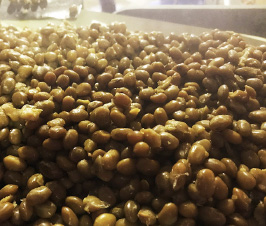
3. Steam
Steam the soy and cool it down.
-
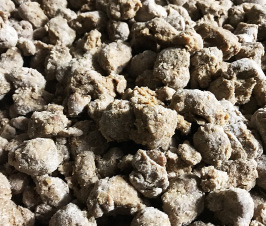
4. Miso ball making
Make a bale-shaped miso ball and put a seed koji on the surface
-
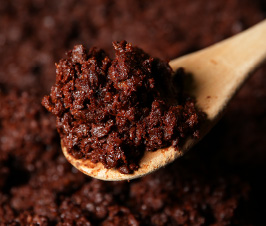
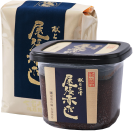
8. Completion and packaging
Soak the soy in water and let it absorb.
-

7. Fermentation
Mature it in a wooden barrel to ferment.
-
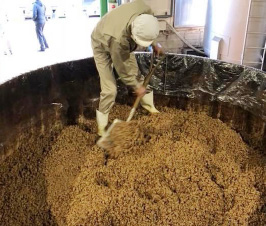
6. Preparation
Mature it in a wooden barrel to ferment.
-
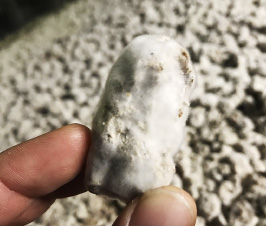
5. Koji making
Stimulate the growth of Aspergillus oryzae in a temperature-controlled room.
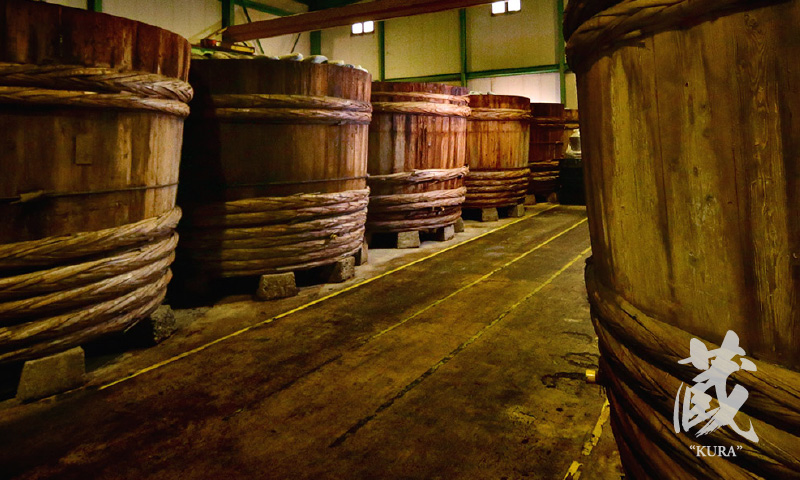
 Miso and “KURA”
Miso and “KURA”
Miso is living.
Each “KURA” has its own character.
The color, flavor and taste of miso differs remarkably depending on the storehouse “KURA” used for fermenting and maturing soybeans even if the ingredients and the other elements of manufacturing are the same.
“KURA” and wooden barrels are very important in our brewing and we continue to keep this traditional method to remain the quality and taste of our products.
Our commitment
Some of our wooden barrels were made before our founding. Yeast and lactic acid bacteria that help the fermentation and aging of miso that settle in our "KURA" are our property. We cherish the tools we have been using for a long time and the microbes that live there.
TAMARI Soy Sauce
Sato Brewery produces TAMARI soy sauce, and it has 1.5 times more “umami” component than the regular soy sauce, and contains many polysaccharides, which is ideal for cooking TERIYAKI. It is more effective in removing the fishy smell compared with the ordinary soy sauce.
 Shiro
Shiro Usukuchi
Usukuchi Koikuchi
Koikuchi Sai-shikomi
Sai-shikomi Tamari
Tamari
Characteristics of TAMARI
-Production Volume-
TAMARI soy sauce is a very rare soy sauce that is produced almost exclusively in Aichi Prefecture.
Tamari soy sauce is ideal for soy sauce such as sushi and sashimi. In addition, it has a masking effect on fish and meat, and a beautiful redness appears when heated, so it is also recommended for teriyaki and Tsukudani. In addition, as a hidden taste of simmered and stir-fried foods, it produces deep richness in the dishes.
Among them, our Tamari soy sauce has little habit and is characterized by its rich yet light taste.

Characteristics of TAMARI
-for Health-
- Rich Protein

- Low Salinity

Award at evaluation meetings
Our products received the highest award in the tamari soy sauce category and the second award in the soybean Miso category at the most recent evaluation meeting held in Aichi Prefecture.



